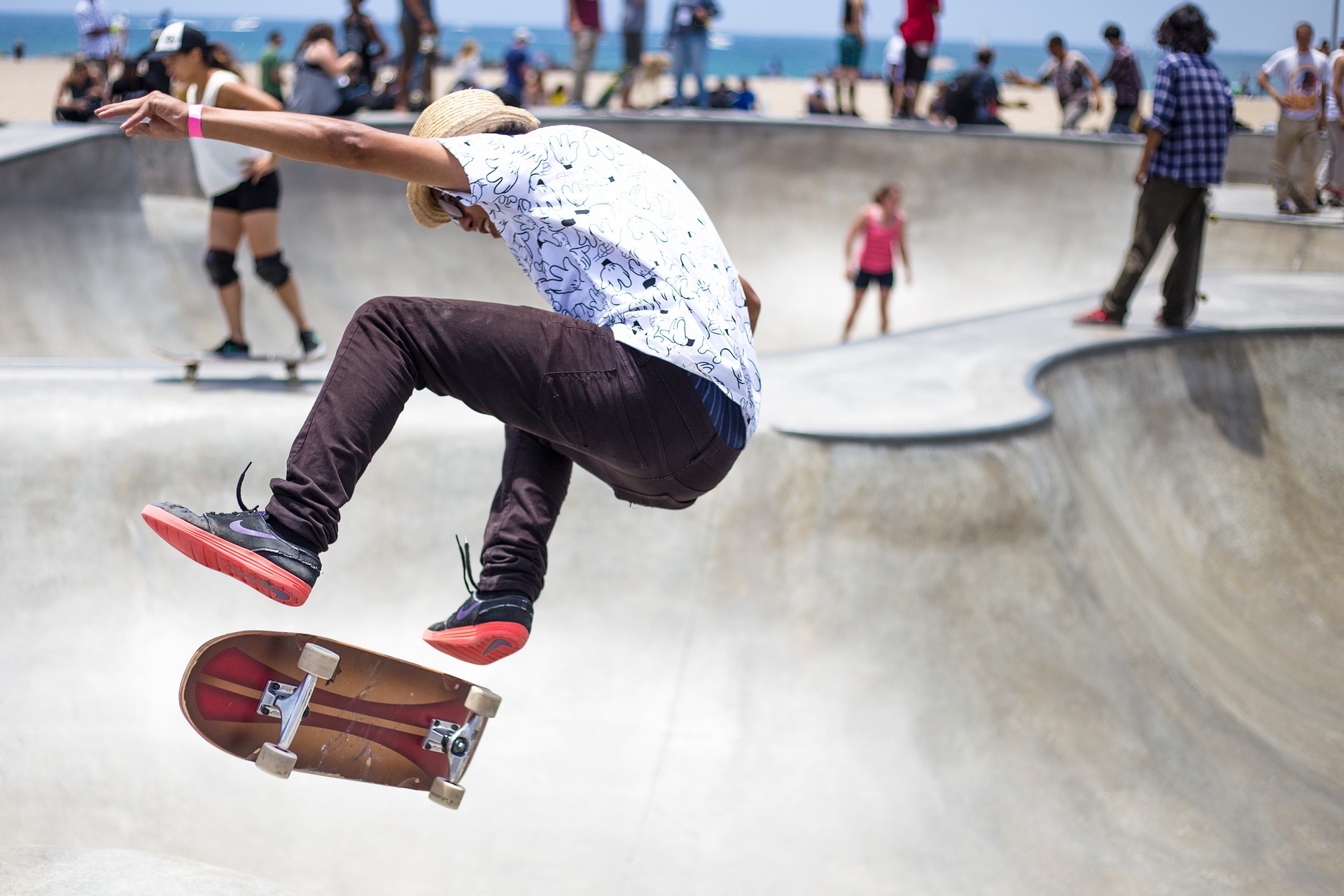-
Kickflip, Ollie or 180°? Examining skateboard injuries.
Over the last 50 years skateboarding has experienced intermittent periods of popularity. More young adults are jumping back on their boards lately to reminisce in the thrill and joy of the sport once again. However, it’s important to minimise the risk of injury to keep you in the sport for longer. We first look at the incidence of injury.
Upper Extremity 55-63%
Shoulder: Mostly from falling on an outstretched arm
- Instability
- Inflammation
- Increase weakness
Elbow
- Abrasions
- Hyperextension
Wrist
- Contusions
- Fractures
Lower Extremity 17-26%
Mainly consist of contusions, abrasions and lacerations
Pelvis / upper leg – 1-19%
Knee 2%
Ankle 4-23%
Foot 4-21%
Fractures of lower extremity – 7.9%
Head and Neck Injures 3.5-13.1%
Mainly soft tissue injury, sprains and lacerations
Abdominal and spine injuries : Poorly documented
Very infrequent
Other Key Points:
- Most injuries occur when the skateboard goes over an irregular surface (sticks, stones, gravel, holes or bumps) causing the skateboarder to fall forwards
- Older riders tend to break their fall with an outstretched arm, increasing their risk of upper limb injury
- Protective gear such as helmets, wrist guards, knee and elbow pads does help to reduce the severity of injury but not the frequency.
Request an appointment with a Physio
References
Shuman & Meyers (2015). Skateboarding injuries: An updated review Kristin M and Michael C. Meyers

Skateboard Injuries
- Post author:Triumph Physio
- Post published:22/09/2020
- Post category:Physiotherapy / Sports & Strength
Tags: injury prevalence, physical therapy, physio, Physiotherapy, rehabilitation, skateboarding, skating injuries, sports and strength, stay strong



